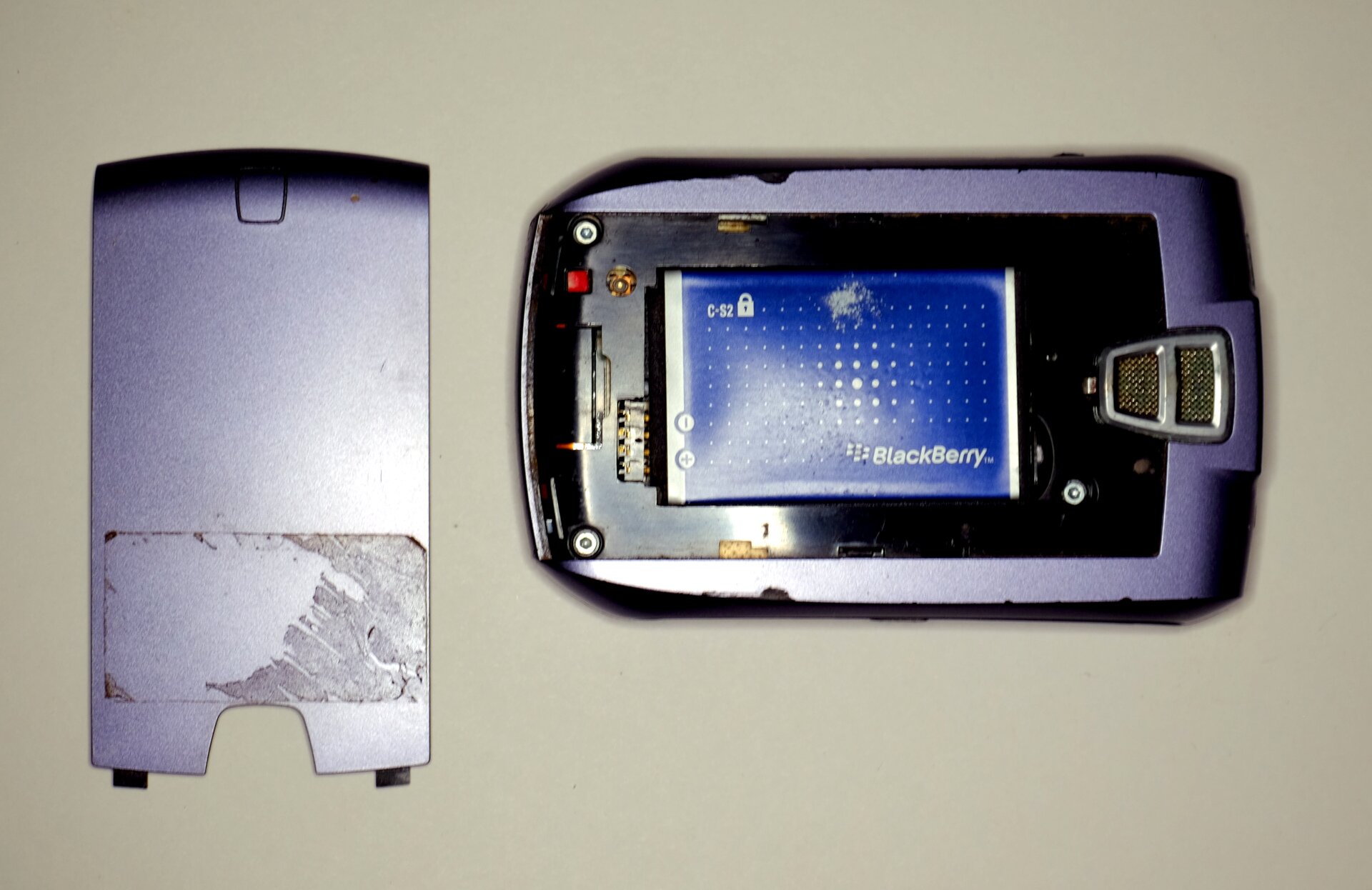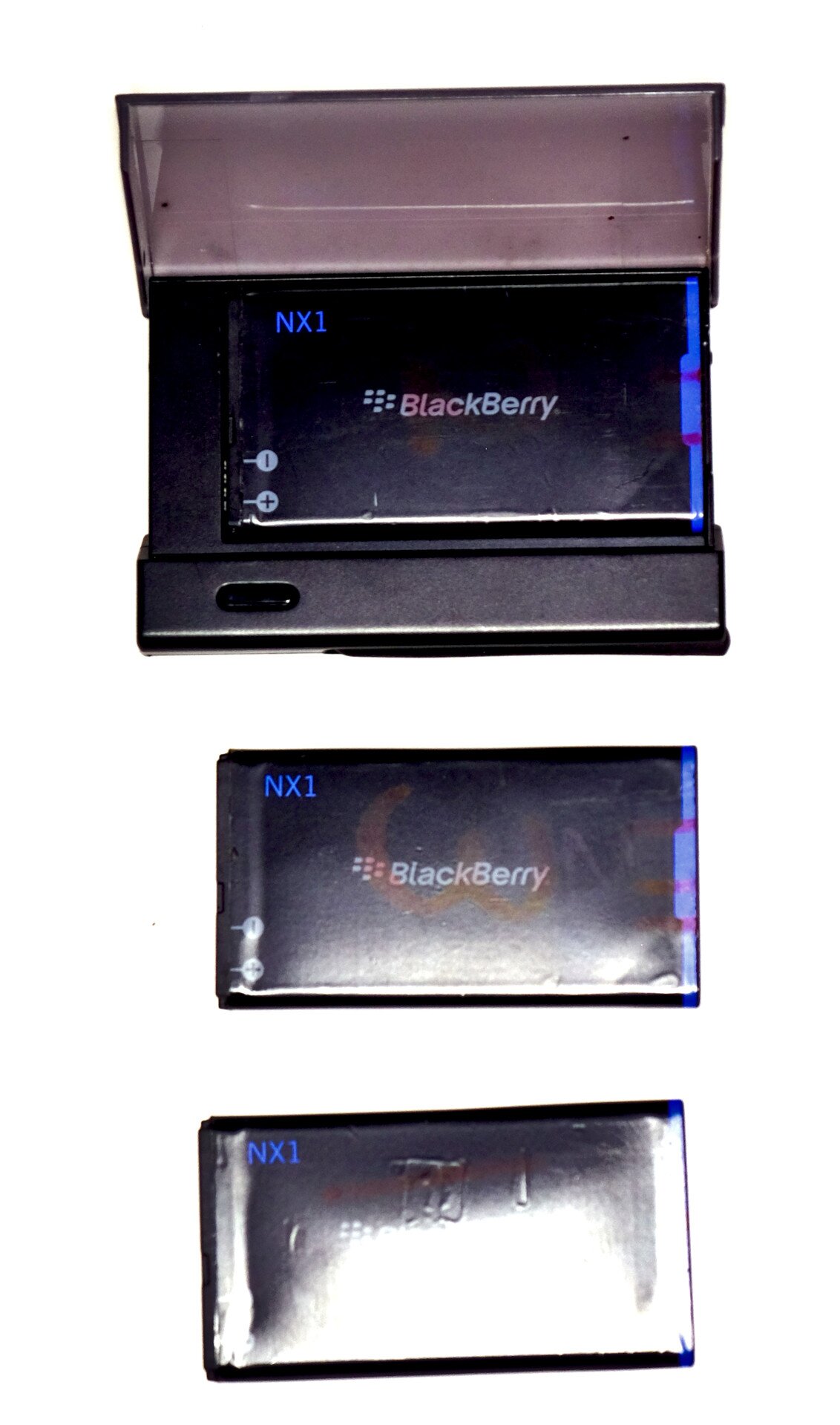
It wasn’t devastating news, but it wasn’t the kind of thing you want the first thing Saturday morning, either.
According to the report, which I guess had been kicking around for a few days but I didn’t see it until Saturday, the Google company has plans to destroy my Google Pixel 6a cellular telephone. They had already done it to Pixel 4a telephones.
The problem is that they ship dangerous batteries in these expensive devices. As does every other maker of gadgets that use lithium-ion (li-ion) batteries. If you have a rechargeable phone — or rechargeable car, or rechargeable anything — the chances are you are carrying a potential firebomb around with you. Or will be.
The danger has been known for a long time, and we’ve mostly managed it, as we have for instance, managed to drive cars with big tanks of gasoline (or propane!) without most of them catching fire and blowing up.
We’ve known from the beginning that lithium-ion batteries are dangerous. That’s why in the early days of cellular telephones (and other gadgets that use li-ion batteries), the batteries were easily replaced. But no more.
For the decade that I used BlackBerry telephones I had no worry in this regard. You could, and if you were smart did, get a spare battery or two, and rotated batteries every month or so. This extended the life of all the batteries, made malfunctions less likely, and most important did not hold your cellular phone hostage to a dodgy battery that effectively could not be replaced.

For the first couple of decades of cellular telephone popularity most if not all phones had replaceable batteries. Even now, the cordless landline phones I use in my house have easily replaced batteries. (They’re not li-ion, either, possibly because the lawyers asked the makers how many burned-down houses they’d be willing to pay for.) Every few years, I replace the batteries; their failure mode is simply ceasing to work. They’re cheap.
When cellular phones became “smart” phones for people who used them to play games and watch cat videos, compromises were made. Apple introduced the iPhone in 2007. It shockingly did not have a replaceable battery. From the beginning, the iPhone was marketed as a fashion accessory, meant to be replaced regularly by consumers who had more dollars than sense. If those so foolish as to not pay the Apple coolness toll at the release of each new model suffered the occasional fire, well, whose fault was that?
Though the design mistake is Apple’s fault, the nature of li-ion batteries isn’t.
The chemical structure of lithium-ion batteries is delicate. Over time and with use its innards rearrange itself into increasingly unstable crystals. (This is the Cliff notes version, so don’t let it replace real study if you have a chemistry exam.) This process is exacerbated by number of charge cycles, whether it has gotten too charged or too drained, the rate of charge, ambient temperatures, and whether it is treated roughly. In that respect it is a poor choice for something that people, especially children and those who behave like children, often kind of toss around. The problem is that other rechargeable batteries, which aren’t as fragile, don’t hold as much electricity for the space occupied, so a charge doesn’t last as long, and they develop undesirable characteristics such as memory effect over their lives. But they generally don’t blow up.
Failing li-ion batteries sometimes, but not always, show symptoms. They might get hot, either when charging or at other times. They famously swell up, as is the case with my Sony Xperia X, which had been happily running along on the Sailfish OS until one day it was too tight in its case. It didn’t burst into flames, but I bet it would if I plugged it into its charger. The battery can theoretically be replaced. Here’s all you have to do. (Compare this to earlier phones, in which replacement was: pop off back cover, lift out old battery, slide in new battery, pop on back cover, turn on phone.)
Li-ion battery fires are difficult to extinguish. They are fairly common — here’s one from yesterday. And one from today. It’s a serious problem that makes electricity storage in general troublesome on large and small scales.
Companies, whose interest in you is tied to their interest in making a profit, make compromises. An example is Apple, which has a reputation for providing software upgrades on iPhones released in previous years. But it also would rather you buy a new phone from them each year. Thus we have the “oh, gee, too bad, nothing we can do” approach that resulted in the September 2022 “upgrade” to IOS 16 — irreversible, by the way, because Apple Know Best — that turned my original iPhone SE into a device that would go from full charge to dead in well under half an hour. (Apple has a “battery health” gauge buried in the settings that reported my battery was just under 90 percent fine.) I was not the only victim. It could be that Apple simply killed off the battery because it or the phone — effectively the same thing, given iPhone construction — had been deemed too old to be safe. The company never admitted to such a thing, but I do not trust Apple, who got into hot lithium-ion in 2017 when it simply throttled older phones without customer consent.
Now Google has done approximately the same thing, in a more draconian fashion, first with the Pixel 4a, released at the end of 2020, and now the Pixel 6a, released in the middle of 2022. They release poor batteries, you pay.
Google in both cases offers free replacement batteries, if you ship the device to them, or a small credit toward a new Pixel phone. The new battery plan might be okay, if you don’t mind Google having access to your cellular telephone — I sure as hell do — and don’t mind not having your phone for however long it takes. At least Apple offers Apple stores, where you can walk in for a battery replacement at a location within a few hours’ drive of many of us.
While I’ve singled out a few brands here, the problem applies to at least some extent to everyone who has anything running on a li-ion battery. (Samsung telephones are known to many of us for little else.) It has been exacerbated by the now near-universal decision by companies not to include a charger appropriate to the built-in battery with the phones they sell. This has led to cheap and terrible aftermarket devices — I’ve had a couple that actually melted.

Is there anything you can do? Well, yes. First, as mentioned above you can get the battery replaced by the Expensive Official Repair Depot. Second, you can do what they want and buy a new phone every so often and pretend to be a cool kid.
Third, you can mind your battery manners. As I read farther down in the story about the Google Pixel 6a scandal — and yes, it’s a scandal — linked above (and why not, again here), I learned that the phones won’t be killed until they have exceeded 400 charge-discharge cycles. This means going from effectively 0 percent charge to 100 percent. It is cumulative, so if you charge it going from 50 to 75 percent charge four times you’ve effectively gone one cycle. I was surprised to learn from online communication that there are people whose batteries have as many as 700 charge cycles. Now they have a decision to make. I cannot imagine how anyone who uses a phone that much could possibly endure being without it long enough to let an Apple technician take it in back for an hour, never mind shipping it off to Google repair, as would be required. (And because non-idiots got Pixels specifically to install GrapheneOS, which has no way of backup and restoration, battery replacement is the only option for them.)
Google has set up a site where in exchange for information about yourself and your phone (why would Google be interested in those things?) it will tell you whether it intends to nuke what’s left of your battery. Or, you can look in your settings > about phone > battery information, and simply find out for yourself.
I did the latter. And I discovered that since I got my Pixel 6a direct from Google during “Black Friday” in December 2022 — after Apple destroyed my iPhone — I have put it through 121 charge-discharge cycles. Let me assure you: it has been turned on the entire time. It has not been in a drawer for even a minute. I get three or four days per charge, occasionally five.
How do I perform the cellular telephonic equivalent of the Maccabean miracle? It’s easier than you think.
I keep it in airplane mode with wifi on. You cannot imagine how much battery a phone uses just looking for a cellular signal. It goes berserk consuming electricity when the cellular signal is weak or (as here) nonexistent. Does this keep me from being able to make or receive calls with it? Not at all. I use the phone’s VoIP (Voice over Internet Protocol) feature to make and receive calls over my internet connection. Works fine, and if you didn’t know it was being done neither you nor the person on the other end would know the difference. When I’m away from home and in a place that has a cellular signal, I turn cellular on. Yes, I wish this were automated. In exchange for my paying attention, I reduce the likelihood that my telephone will set my clothes or car afire. A fair trade, I think, though it shouldn’t be necessary.
For overall battery health, I use a reliable, slow charger. It takes a long time. Li-ion batteries suffer when quick chargers are used. I don’t charge the phone to 100 percent and usually even employ the setting that declares the phone charged when it is 80 percent full. I recharge it when the little beep and on-screen alert tells me it’s down to 20 percent charge. That 60-percent range between 20 and 80 percent are the li-ion battery’s happy place. (Additionally, if you switch phones but keep the old one, don’t run it down or fully charge it for storage. Charge it to 75-80 percent and store it that way. Then it will probably work when you use it again.) I do not leave it in a hot car or a cold one. I don’t carry it in a jeans pocket. I take it off when swimming, obviating companies’ claims that they don’t have replaceable batteries so the phones are waterproof. Which they aren’t anyway, despite the claims.
Those things will let you use your phone for years without your battery wearing out and setting fire to you or your surroundings. But it doesn’t solve the problem, mentioned above: we’re stuck with the battery they sent us.
There is a fellow in I think Australia named Hugh Jeffreys, who has an excellent YouTube channel on which, week after week, he repairs broken and discarded cellular telephones that, like the ones I described here, were built to fail. I live near a college town where the children (poorly taught and overpaid by their parents, I think) seem almost proud of their smashed telephone screens. Jeffries argues endlessly that we should be able to repair our devices ourselves. (Watch a few episodes and you’ll become outraged and enraged.)
The manufacturers are responsible for our inability to replace the one part that could kill us while we sleep. If they come to provide the safety and reliability of replaceable batteries, they’ll need to be dragged into it kicking and screaming. It will be interesting to see the phone makers’ response to a European Union regulation approved last month that requires cellular phones and other devices to have user-replaceable batteries. Right off the bat, Apple said it won’t — and the company is certainly capable of making sure that if it were forced to do so in Europe, those phones wouldn’t work in the U.S. Which it’s reasonable to think Apple would, if you believe as I do that faulty batteries are considered by companies to be a profit-making proposition.
As are repairs in general, as ifixit.com demonstrates.
Have we a choice? Well, yeah, sorta. The one that comes to mind is the Dutch Fairphone, though between trying to read its web page and figuring how much of it is sound technology and how much is politics is difficult. It can certainly be repaired and its battery is easily replaced, but whether it does the other things one buys a phone to do remains problematic. The Pine Phone, running one of the mobile Linux operating systems, shows some promise, but the perennial problem with both Pine Phones and mobile Linux is that they ain’t soup yet. Even so, the Pine Phone does have an easily replaced battery, which would both make it easier to call the fire department and less likely you’ll need to do so. And as cellular telephones go, it’s not very expensive.
Oh, well. If I continue to respect the realities of the battery I’m stuck with, my Pixel 6a will last until its support runs out two years from now. Maybe there will be a better alternative by then.

Dennis E. Powell is crackpot-at-large at Open for Business. Powell was a reporter in New York and elsewhere before moving to Ohio, where he has (mostly) recovered. You can reach him at dep@drippingwithirony.com.
You need to be logged in if you wish to comment on this article. Sign in or sign up here.
Start the Conversation